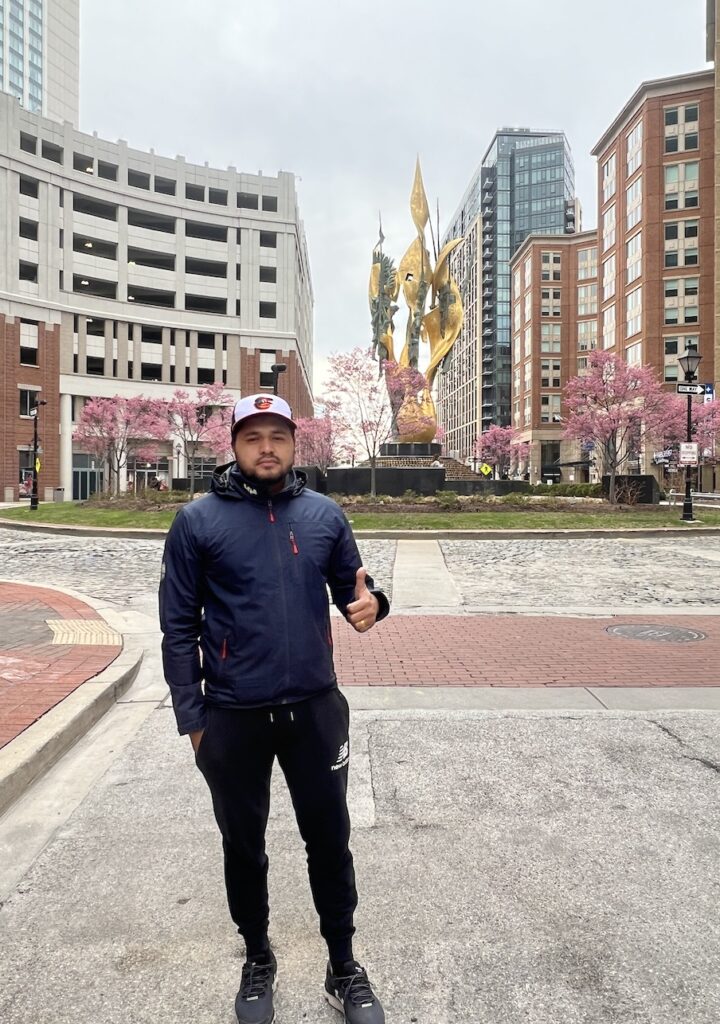
79MX+6CW Baltimore, Maryland, USA
Submitted by:
Rameshwor Rawal
What type of leadership is present in the community?
Community
How is this art specifically seen in the community?
It all started with one man. Clement Knefel was a major in the U.S. Army, stationed in Germany during the Nuremberg War Crimes Trials, when he learned about the Katyń Forest Massacre. He dreamed of commemorating the victims of this crime with a memorial plaque in Patterson Park. In the early 1970s he began raising money by selling soft drinks and sandwiches at local festivals, collecting small donations, and appealing to veterans’ organizations. He managed to raise $1,600 after 10 years. Major Knefel approached the Maryland Division of the Polish American Congress for help to honor the Katyń victims and all mistreated prisoners-of-war. In 1989, the Katyń Memorial Committee of Baltimore was born.
How do you think the art has made meaning in the community?
Baltimore is full of surprises. And this monument is one of them. Located on a round-about across from the Hopkins Business School, on Aliceanna and President streets. the sculpture commemorates the massacre of Polish soldiers by the Soviet forces in 1940. The bronze monument towers above the surrounding street with abstract forms. It looks like a giant flame, with human figures engulfed in the fire. The base has a fountain with water trickling, a counterpoint to the rising forms. You would miss the impact of the figures if you drove by in a car. During my stay in the area, I would walk by the monument until I stopped to admire it. The history it memorializes is very shocking. Nonetheless, its art moves you to reflect and remember the lives of those killed. It honors the fallen and gives the living a reminder of the atrocities of history. If you are in the area, don’t miss this spectacular monument.

